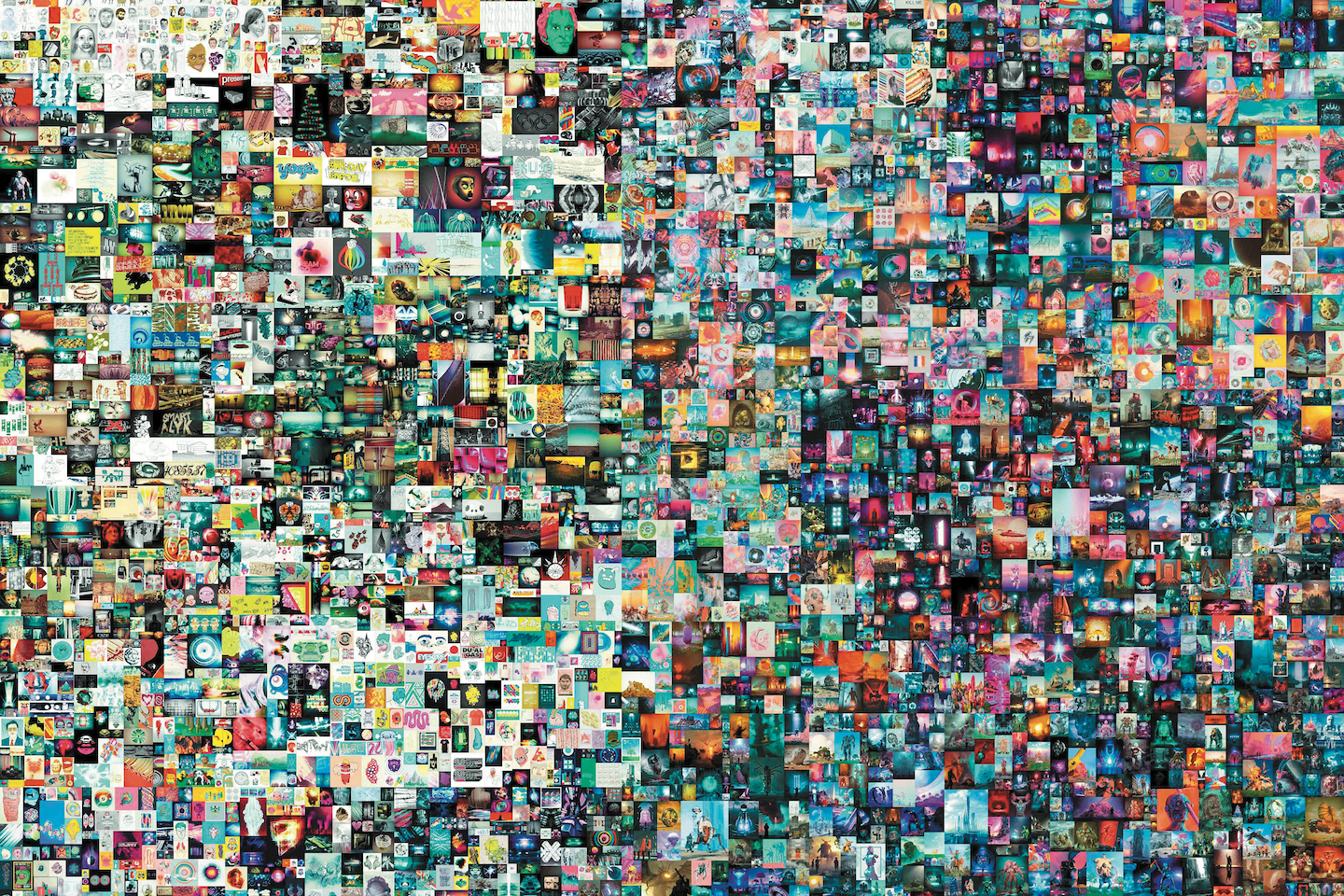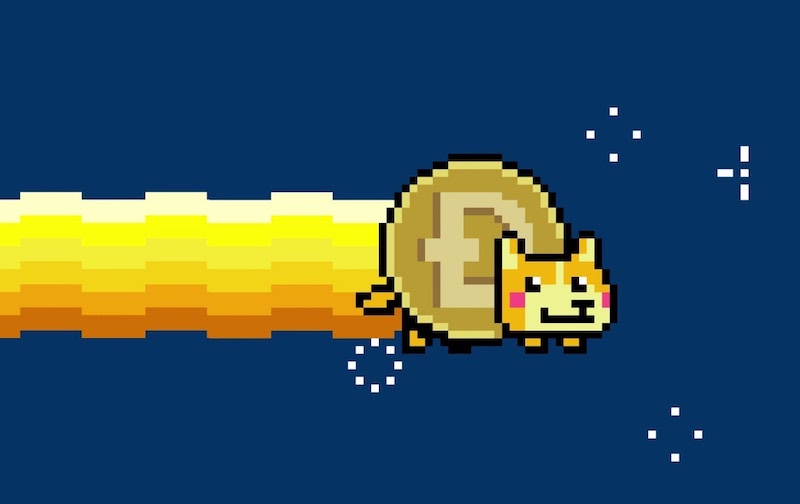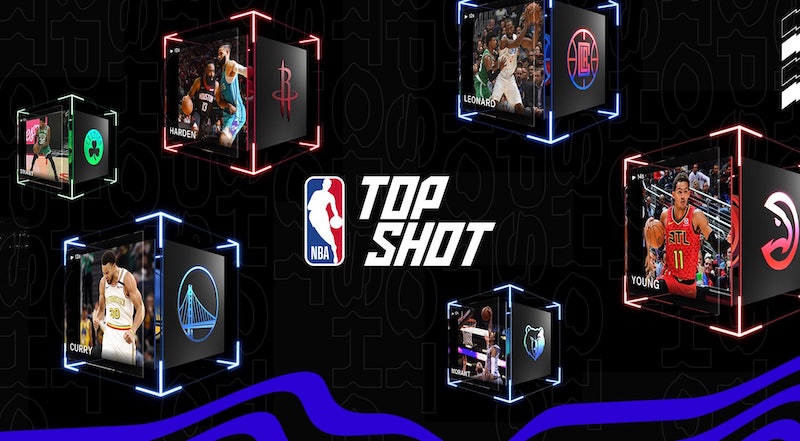
Everydays: The First 5000 Days by digital artist Beeple (Photo: Beeple)
Financial innovations often strike fear in investors’ hearts. This is because expertise is commonly measured in language, as knowing the lingo shows you are ready to talk the talk. Economic jargon, buried under a lot of technical verbiage, has become so complex it can be a full-time job just keeping up with the terminology. Joining the alphabet soup of financial acronyms recently are NFTs — non-fungible tokens — which are linked to names such as Ethereum (ETH), CryptoPunks and Beeple that will stump the uninitiated even more.
Nearly every article about NFTs starts with a definition that sounds like this: “An NFT is an asset verified using blockchain technology, in which a network of computer records gives buyers proof of authenticity and ownership.” To the ill-informed, this is no different than using words like “baked”, “taint” and “past crop” to describe the elusive characteristics of coffee to a non-caffeine drinker.
Fungibility, a term long known in economics, has been updated for 21st-century digital natives. To put it simply, it is the right to replace a product or asset with another item of the same kind. For example, a RM10 note can be changed into smaller denominations of two RM5 and still retain the same overall value. This also applies to Bitcoin because it will not have a different value even when you trade one for another.
On the other hand, non-fungible means goods that are one and only, which cannot be replaced with something else. Think Van Gogh’s The Starry Night, a movie ticket (because it is for a very specific film at a very specific time), a tattered childhood T-shirt with sentimental value, or CryptoKitties, a blockchain-based virtual game that allows players to adopt, raise and trade virtual cats. To put things into perspective, a Bitcoin or Dogecoin is not an NFT but a Nyan Dogecoin — uniquely created by Christopher Torres, the same artist who created the Nyan Cat GIF animation — is. (It sold for 45ETH, or roughly US$69,000, mind you.)
the_nyan_dogecoin_nft_by_chris_torres_fetched_us69k_45_eth_.jpeg

When someone buys an NFT, what they are effectively getting is a digital receipt (called a token) for owning an official version of say, a flying cat with a Pop-Tart body, an album by Kings of Leon, or highlight clips of an NBA dunk. What NFT has created is scarcity, despite the fact that most digital creations can be duplicated in infinite supply. Although you can copy the file contained in an NFT all you want, the blockchain technology stamps original digital goods with a cryptographic marker to prove its authenticity.
Such an unfalsifiable public ledger of ownership gives NFT collectors and art arbiters some peace of mind. The digital collectible craze reached an apex when artist Mike Winkelmann (better known as “Beeple”) sold a composite of 5,000 daily drawings in an online auction via Christie’s for US$69.3 million, an eye-watering price for an artwork that exists only digitally. Named Everydays: The First 5000 Days, the JPG collage was paid for with Ethereum cryptocurrency, a first for the 255-year-old auction house. Ripples of excitement reverberated through the art scene, but so did criticism — sceptics claimed that NFT collectors were only after digital bragging rights, not the value of the items.
Beeple’s success, which has made him one of the top three most valuable living artists, is an example of how crypto art has been ushered into the mainstream as NFT mania crescendoed. What does it mean for the art world, which now faces a stream of unknown bidders instead of curated buyers? Galleries are banking on new injections of cash from crypto millionaires to support their ageing client base, in a departure from art purchases of the past where investors would stow away troves of valuable art until a time when it would be worth more.
nba.jpeg

Independent artists have also pointed to NFTs as a means of earning an income through the secondary market. Previously, artists received almost nothing when their art was resold at auction houses. However, the crypto world allows you to set up a fee of between 5% and 10% each time someone resells your work. Imagine, if you sold your original work for a dollar and a crypto collector resells it for US$1 million in 10 years — you could still pocket US$100,000 from the sale.
Although art galleries have provided exciting outlets for speculative money, NFTs have raised a few exasperated eyebrows among blue-chip collectors and traditional artists who fear legal grey areas, security challenges and copyright issues. For example, “the Warhol of Japan” Takashi Murakami — who hopped on the NFT bandwagon after the Beeple sale by releasing a set of pixel works based on his signature smiley flowers — pulled out from NFT selling and trading marketplace OpenSea to “ensure a sense of security in owning his works”. In a new market where the rules are unclear and the risks uncertain, previous works of established artists could be devalued should they embrace NFTs haphazardly.
This is not the only controversy sounding the alarm. The recent NFT boom has taken a toll on the environment as Ethereum, the cryptocurrency system on which NFTs are built and traded, now consumes as much electricity as all of Ireland. The surging value of NFTs has sent strong economic signals to miners to up their machines, causing a sharp spike in electricity usage and pollution. Carbon market adviser Andrew Bonneau has estimated that a single NFT transaction on average has a carbon footprint of about 90kg of CO2 — the equivalent of an hour of international commercial jet flight.
Some of these pitfalls are already playing out in real time but like any emerging technology, these could be just growing pains. An NFT-fuelled art scene, spurred along by viral marketing, celebrity endorsements and pandemic ennui, is not inherently a bad thing since the outpouring of interest will lead to greater education on the subject. The upside of NFTs is that they promote a decentralised marketplace independent of the cliquish circle of art dealers and advisers — Beeple’s digital collage would never have fetched that unexpectedly high sum through traditional means. This could also give new meaning to digital art, which has long been undervalued.
Given the hype surrounding NFTs, people still need to remember that someone who buys an NFT artwork owns only the NFT, which does not confer actual ownership. Rather, it is a certificate with a link to an image that can still nevertheless be viewed by anyone online.
NFTs have risen through paradoxes: Digital tokens are gaining value precisely because no one is governing them; the contemporary art realm, which has tried to stand against populist culture and the superrich, is now influenced by a niche group of moneyed digital players. As the adage goes, art is whatever someone is willing to pay for. But could internet kitsch really be worth as much as masterpieces that have been anointed by arbiters? Is it worth paying thousands of dollars that amount to virtual cats and trading cards?
In this new world of digital possession, the answer is yes. For now.
This article first appeared on May 24, 2021 in The Edge Malaysia.


